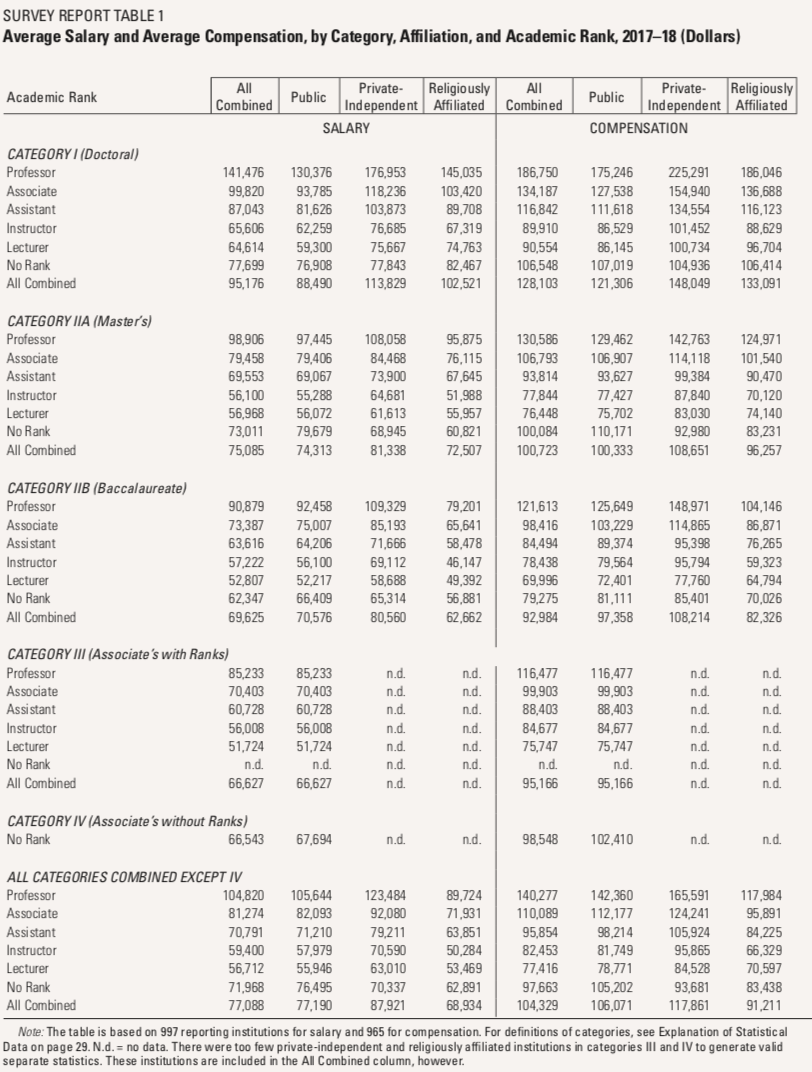“The average salary of a professor with a PhD (before benefits and admin support costs) is $141,476, though some make much more, and roughly 50% of full-time faculty have tenure.”
Excuse me while I work on combining laughter and vomit. It’s not going to be pretty. https://t.co/BWbdoBz95K
— David M. Perry (@Lollardfish) July 19, 2020
Scott Galloway is a marketing professor at NYU. As such, he is incredibly highly paid and influential. He has 266K Twitter followers, best selling books, and a lively racket posting his blogs to Business Insider, where the outlet gets content and he looks like a columnist. In his latest blog/column he talks about how important it is for very fancy universities to brand themselves (perhaps they could hire Scott Galloway, Professor and Columnist, as a consultant!) and cut costs. He writes:

“The ugly truth is many college presidents believe they have no choice. College is an expensive operation with a relatively inflexible cost structure. Tenure and union contracts render the largest cost (faculty and administrator salaries) near immovable objects. The average salary of a professor with a PhD (before benefits and admin support costs) is $141,476, though some make much more, and roughly 50% of full-time faculty have tenure. While some universities enjoy revenue streams from technology transfer, hospitals, returns on multibillion-dollar endowments, and public funding, the bulk of colleges have become tuition dependent. If students don’t return in the fall, many colleges will have to take drastic action that could have serious long-term impacts on their ability to fulfill their missions.”
ONE HUNDRED AND FORTY ONE THOUSAND FOUR HUNDRED AND SEVENTY SIXTH THOUSAND DOLLARS ON AVERAGE, you no doubt scream, shocked that professors on average make so much money. No wonder college is so expensive with those damnable ivory-towered eggheads racking in the big bucks.
That number is false.
Galloway links to a 2018 salary survey reported on by Insider Higher Education. Here’s the actual chart. Clever readers will instantly locate the 141,476 number in the upper-left hand corner. Instead of being full-time profs with a phd, it’s FULL professors at PHD-GRANTING institutions.

That’s a well-compensated but very tiny slice of the higher education professoriate. Galloway has misread the data.
Flaherty at IHE tells us the real picture: “More than 1,000 institutions representing 378,865 full-time faculty members responded to the AAUP’s Faculty Compensation Survey, from which the new report is derived. The average full professor salary this year was $104,820. Associate professors earned $81,274 in salary, on average, and assistant professors were paid $70,791. Lecturers earned $56,712, on average and instructors earned $59,400.”
Note that this is only full-time instructors, not including adjuncts that make up a vast percentage of the current instructional workforce in higher education. It’s true that labor costs are a big budget item and it’s true that the growing financial crisis in higher education is coming to a boil in a few short weeks. The solutions will be hard (see Wesleyan President Michael Roth at Politico on the pandemic and campus-based college). But we aren’t going to get anywhere is marketing profs lie about the numbers to juice their personal brand content.
Speaking of brand content, I’m working on bringing back blogging. I’m not as good at branding as an NYU marketing prof, but if you made it to the end of this post, you could support me financially at:
- Patreon. Just 2$ a month! patreon.com/lollardfish
- Or paypal: paypal.me/lollardfish
- Or Venmo: venmo.com/David-Perry-152
Every dollar is greatly appreciated. No tip too small. Or, um, too big.
——
EDIT: Updated with this even bigger problem in basic numeracy. Most students pay a discounted tuition rate and that’s the key thing to note, rather than sticker price. Embedded with permission.
That error is more embarrassing because it is so glaring, but this one is more consequential for his analysis: https://t.co/NyC2DksTyQ
— bearistotle (@gnrosenberg) July 19, 2020